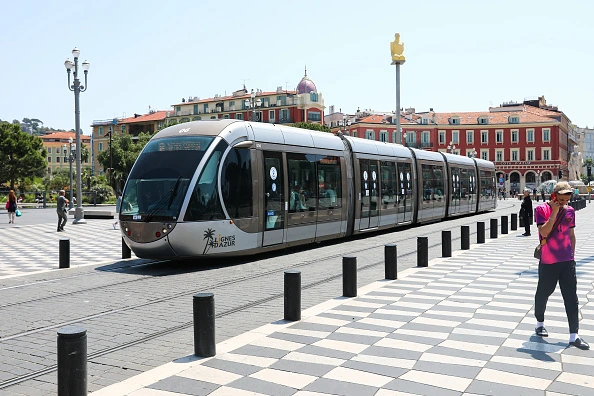
Transport has been the Cinderella department of almost every UK government since the Second World War. No minister of any party has ever been in office for long enough to address the challenges of growing mobility, the funding and provision of public transport and the increase in cars on the road.

Tram schemes have been promised, and then disappeared with depressing regularity. Several reports have been written, usually about every decade or so, and nothing is ever learned by the government of the day
Letting trams disappear from our city streets was a terrible error
Failing to build new tram schemes compounds the mistake. Trams fit neatly between buses and metro systems or conventional railways. Yes, they are more expensive to build but, in the long term are cheaper to operate for a given capacity, have lower whole-life costs, offer higher commercial speeds, reduce pollution, and are more successful in attracting motorists to public transport.
In the UK, in almost every city where tram systems have been built, usage has massively exceeded original forecasts. Since Croydon introduced trams in 1995, public transport usage has increased by 30% and car use has dropped by nearly 19%. In Nottingham, public transport usage in the tram corridor is up by 20% in the peak periods and road congestion has been reduced by as much as 9%. Some 30% of Nottingham tram passengers have directly transferred from a car or use park and ride.
Buses are not a cheaper alternative as much as an inadequate short-term fix. Where there is high demand (at least 2,500 passengers per hour in each direction) trams are cheaper than buses. Large numbers of buses are needed to provide equivalent capacity, leading to high staffing and vehicle costs, and roads becoming congested with (empty) buses, as anyone who has travelled along Oxford Street in London will recognise.
We might usefully look across the Channel to mainland Europe where light rail schemes abound and where engagement with utilities does not create the same problems. This is partly down to legislation, partly to culture, but also to less demanding standards, such as the depth required to excavate before laying new lines.
Across Europe – especially in France, with Grenoble, Strasbourg and Nantes, to name but three schemes – high-frequency tram services have been combined with car park and ride sites on city outskirts, integrated ticketing and strictly controlled traffic and parking restrictions in city centres. This, plus an overarching belief in the value of an attractive “urban realm”, has had a revolutionary effect on transport use and made the cities much more pleasant to live and work in.
What has been learned from reports on trams
Several studies looked at the lessons we can learn from the French approach to planning new trams. They all concluded that integration, regeneration and secure funding are keys as to why France has more light rail systems than the UK. (It is interesting to note that more recent comparative studies are hard to find – perhaps repeated examples of why other countries have built new networks and the UK has not become a little galling after the first few).
This means there is an opportunity. As the 2019 Conservative Manifesto said, Leeds, with its population of 700,000, is the biggest city in Europe without a tram. Perhaps the party forgot that it had been in government for the last 13 years. At any rate, the government should be encouraging these and other revenue-raising possibilities for local authorities. It should allow local authorities to issue bonds so that they can invest in transport infrastructure.
If the government is serious about devolution, localism and “levelling up the North”, it should give local authorities more freedom to develop funding packages and new sources of local revenue.
Equally, devolution means that the UK government must take local views seriously when making decisions about funding for trams. Where local authorities and local people believe that a tram is the best solution for their area, the government’s role is to help build the tram, not to try to persuade them that the bus is always best.
People won’t leave their cars at home until there is an efficient, reliable and comfortable alternative. Trams provide that alternative. No other form of public transport allows you to travel about town smoothly and quietly, doesn’t emit noxious exhaust fumes, doesn’t need a parking space, runs so frequently that you don’t even need a timetable – and actually enhances the urban environment.
[Read more: Trackless trams may be the best alternative to light rail]






